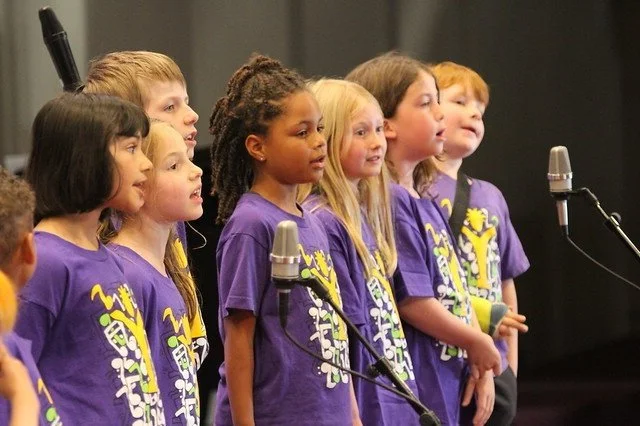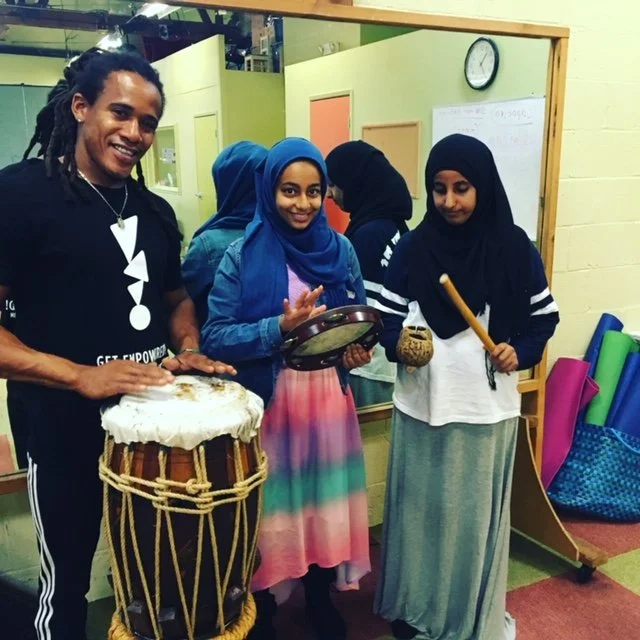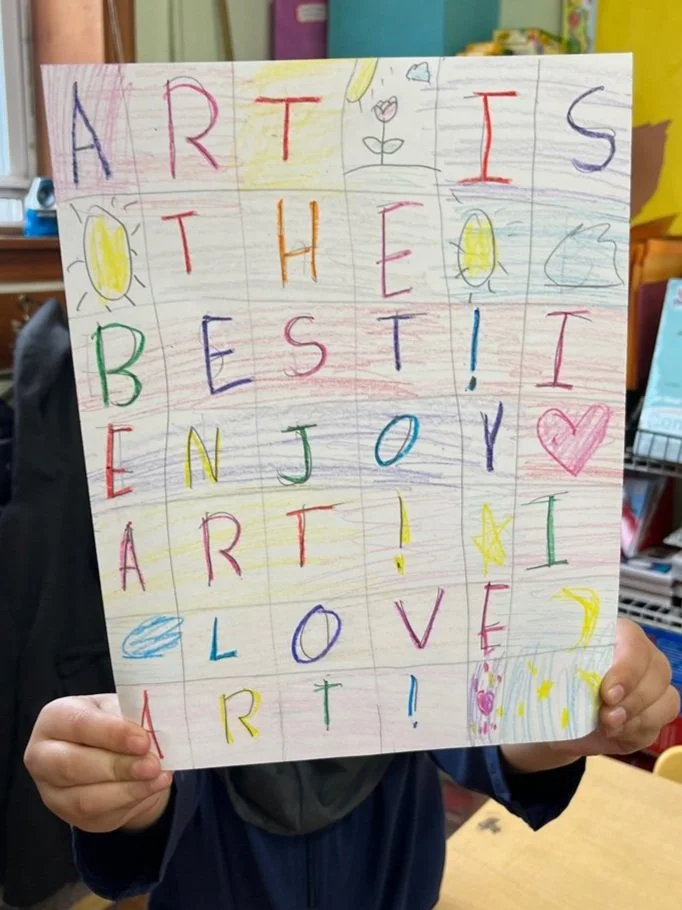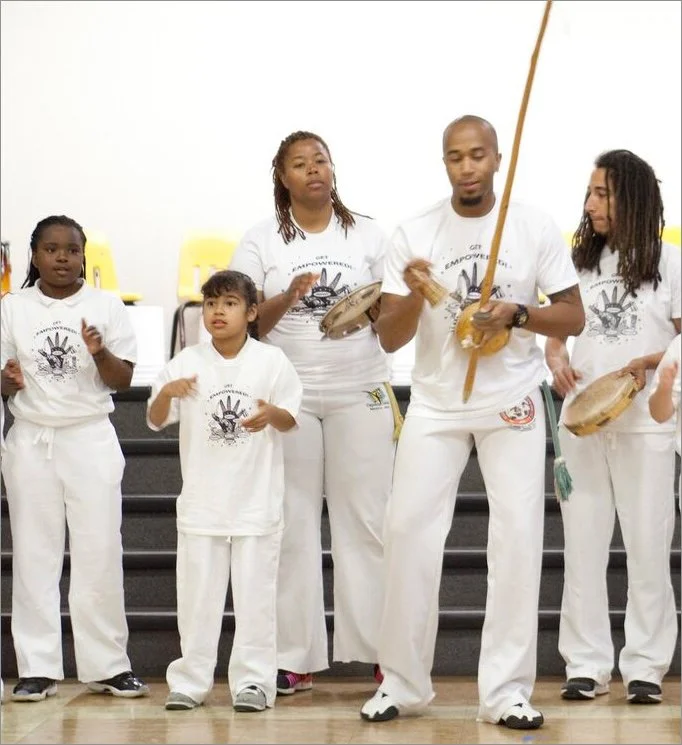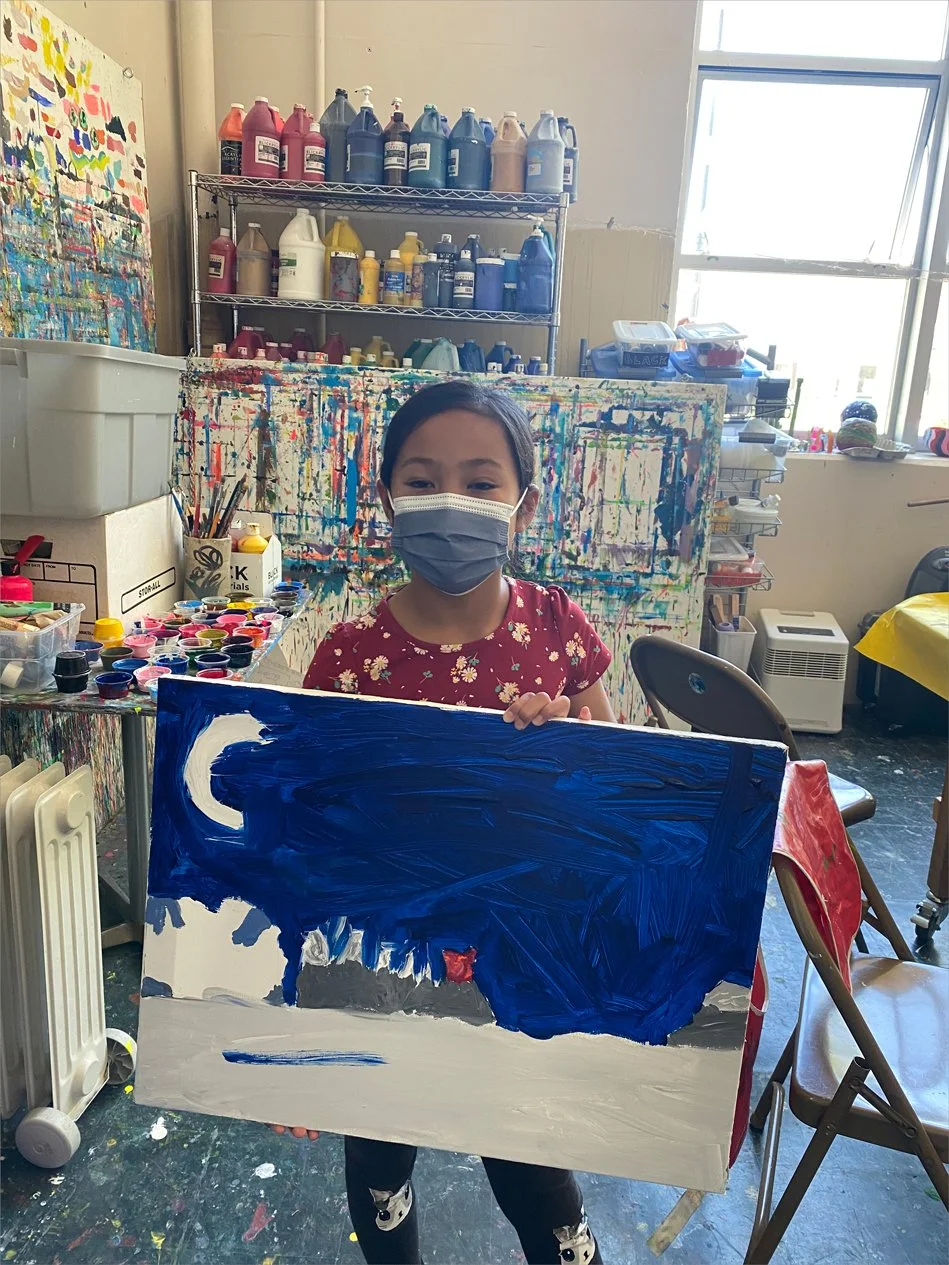The guideposts of holistic arts education are a commitment to nurture the whole child; that all of parts are interconnected and each benefits the other. Holistic arts education incorporates multiple disciplines to foster the overall well-being and personal development of individuals, the key aspects being:
Integration of Arts Disciplines: Visual Arts, Performing Arts, Literary Arts, Media Arts, Environmental Arts
Emphasis on Creativity and Self-Expression: encourages individuals to explore and express their creativity without rigid constraints; recognizes the value of self-expression as a means of communication and personal development
Promotion of Emotional and Physical Well-Being: acknowledges the therapeutic and emotional benefits of engaging in artistic activities; utilizes art as a tool for stress relief, emotional expression, and overall mental well-being.
Development of Critical Thinking and Problem-Solving Skills: integrates artistic processes that stimulate critical thinking and creative problem-solving; encourages individuals to explore unconventional solutions and think outside the box.
Cultivation of Social Skills and Collaboration: fosters a sense of community and collaboration through group artistic projects; develops social skills such as communication, teamwork, and empathy.
Connection to Academic Subjects: recognizes the interconnectedness of arts with academic subjects; integrates arts into the broader educational curriculum to enhance learning experiences.
Life Skills Development: provides individuals with tools for personal growth, resilience, and adaptability; prepares students for life challenges by nurturing qualities such as perseverance and confidence.
Adaptive Programs to Connect to Individual Experiences: recognizes the diverse backgrounds and experiences of individuals, tailoring programs to suit their unique needs and environments.

